When you’re new to the wonderful world of food photography, there are so many things to learn.
The best camera to buy for food photography is more often than not on our minds before our lens choice.
Majority of us will end up with an 18-55mm lens kit when we start out (and there ain’t nothing wrong with that!).
But when it’s time to upgrade from our 18-55mm lens, the world becomes a confusing place of opinions and often unhelpful babble!
One of the most common questions I get is further education and understanding on what you NEED to think about and focus on when upgrading from the 18-55mm lens kit with a cropped sensor.
Upgrade Your 18-55mm, Yay or Nay? For cropped sensors and potential full frame upgrades!
The #1 Mistake – Not Just Focal Length.
The number one mistake food photographers make when they want to upgrade their 18-55mm lens kit is they focus solely on the focal length of a lens and put their blinkers on so they are oblivious to the other particulars of a lens.
Soley focusing on the Focal Length of a lens, being oblivious to its other particulars.
When new to investing in lenses, you know there are a lot of things to know #obviously.
There are even words you’ve never heard before. So how the heck are you supposed to figure out what you need when half of the information you’ve read feels like it’s in another language?
I don’t blame you!
But let me tell you right now, there is so much more to consider when purchasing any lens for your creative pursuits.
I love the fact that I get people asking me this question.
It means you’re hungry to learn, eager to understand, empower your choices and chase that winning shot you’ve been dreaming of!
RELATED: 4 Ultimate Food Photography Lenses
What You Must Ask – What Are You Trying to Achieve?
The question you must ask yourself is: what am I trying to capture/achieve that my 18-55mm lens doesn’t allow me to?
This is really the key to working out which lens to buy when you’re upgrading from your 18-55mm lens kit, and capture those images you aren’t currently able to due to limitations.
WHAT am I trying to capture/achieve that my 18-55mm lens doesn’t allow me to?
It’s really is as simple as that.
What do I mean by that?
Well, something has prompted you to buy a new lens.
It’s usually this desire to become ‘a better photographer’, and at the core of this, if you’re ready to move on to create new work.
But most of the time we aren’t able to know what that new work looks like until we ask ourselves – what new do I want to create?
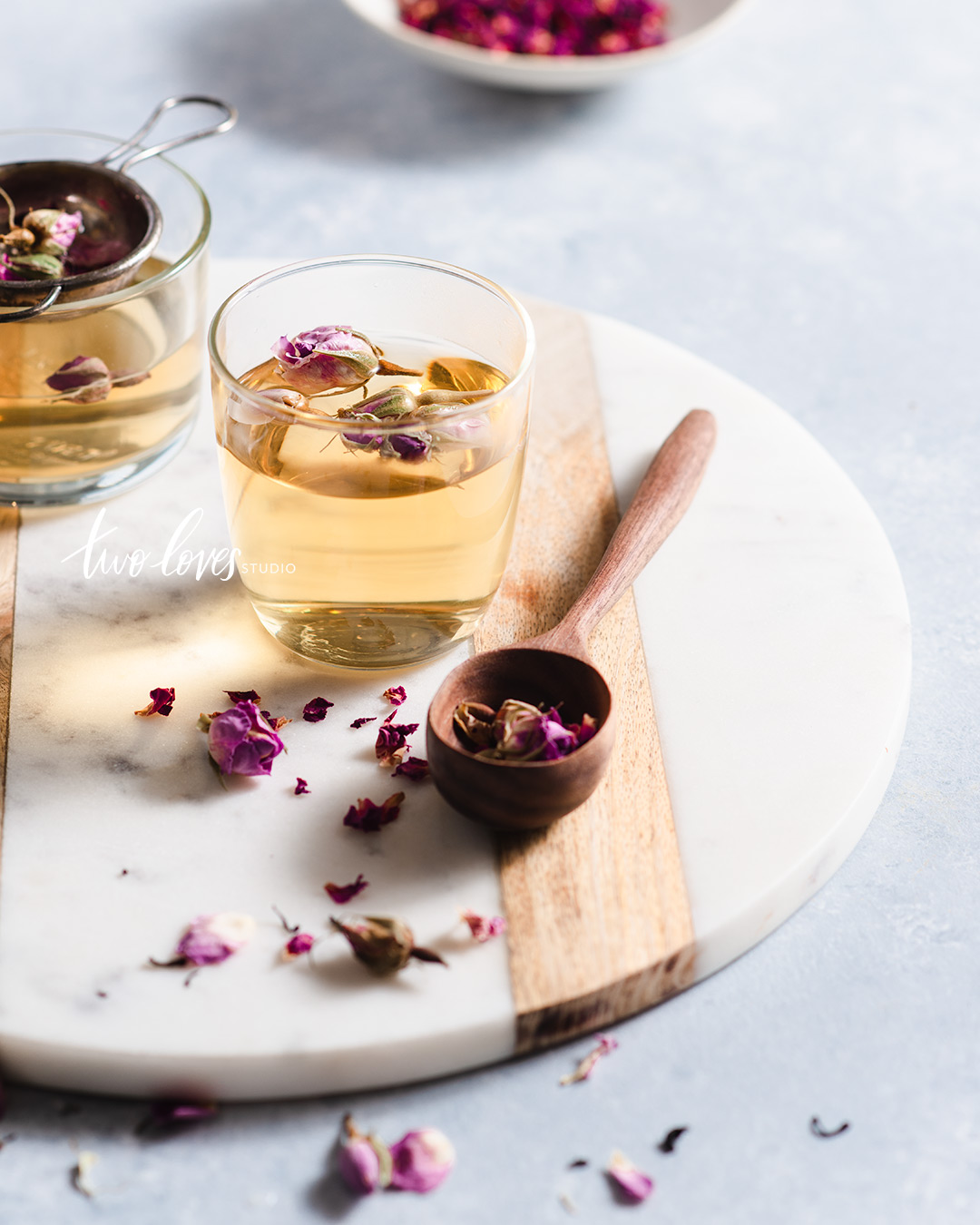
Questions To Ask Yourself
Do I want to create sharper images without having to use a small aperture (big numbers) like f8 or f11.
Would I like my food to be ‘tighter’ in the frame (not to be confused with I want to get closer to my food).
I want to have a gorgeous vignette from the lens, or a better bokeh.
I’d like to get closer to my food without creating distortion.
The choice to shoot a larger apertures (small numbers) to assist in low lighting.
I have a simple exercise for you to ask yourself the questions to find out what’s next for you in terms of a lens.
It’ll help you figure out what you’re trying to achieve AND go through some BEST LENS SCENARIOS for cropped sensors and potential upgrades to full frame.
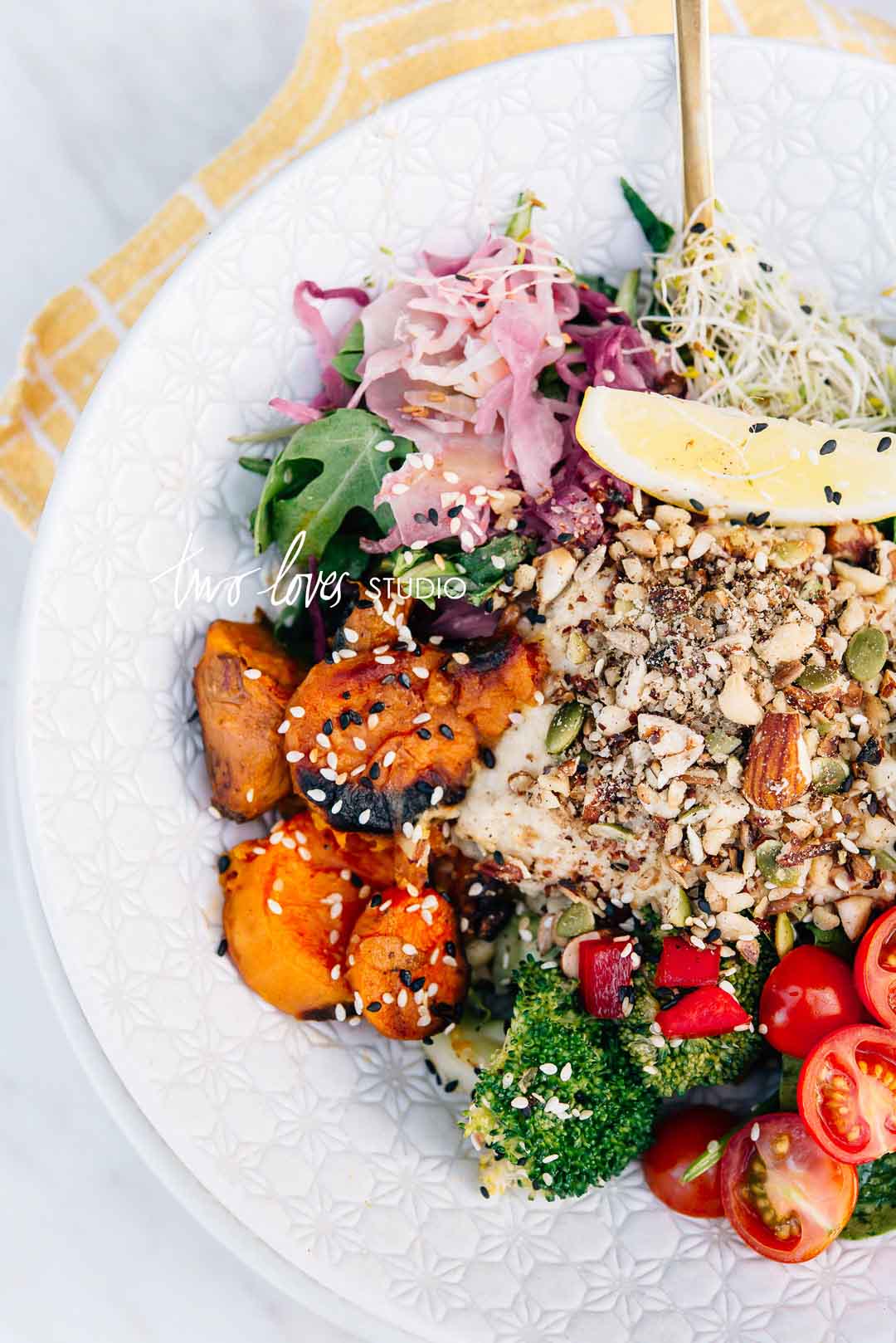
Considerations in a Lens for Food Photography.
When researching reviews on the lens you’re thinking of buying, you’ll come up against a lengthy list of specifications.
Sure, they are important, but some are more important than others and are dependent on what you’re trying to achieve.
Here are the features of a lens you wont want to glaze over when upgrading your 18-55mm lens for your food photography.
Focal Length, Maximum Aperture, Lens Bokeh + Vignetting, Minimum Focusing Distance and Zoom OR Prime.
The two most important that I focus on for food photography is focal length and maximum aperture (for the most part. It is really dependent on what you are looking to create, but I want to cut it down into bite size chunks for you.
Start small, we’ll get there).
Let’s look at these in a little more detail in comparison to the 18-55mm lens.
Focal Length – Do You Really Have 35mm-60mm Covered?
When I did my post about 4 Ultimate Lenses For Food Photography there were a lot of (valid) questions about why you’d upgrade from the 18-55mm lens to the 50mm OR 60mm Macro.
Don’t I already have those focal lengths in my 18-55mm?
And the answer to you my friends is yes. You’re absolutely correct.
The 18-55mm lens is a zoom lens, so you can go from 18mm to 55mm with the flick of a wrist.
You could set the lens on 50mm or 55mm (to get close to 60mm), but Bob’s not your uncle in this situation.
Setting your 18-55mm lens to 50mm will be different to shooting with a 50mm specific prime or even the 24-70mm.
Let’s go over the rest of the specifications so you can see why.
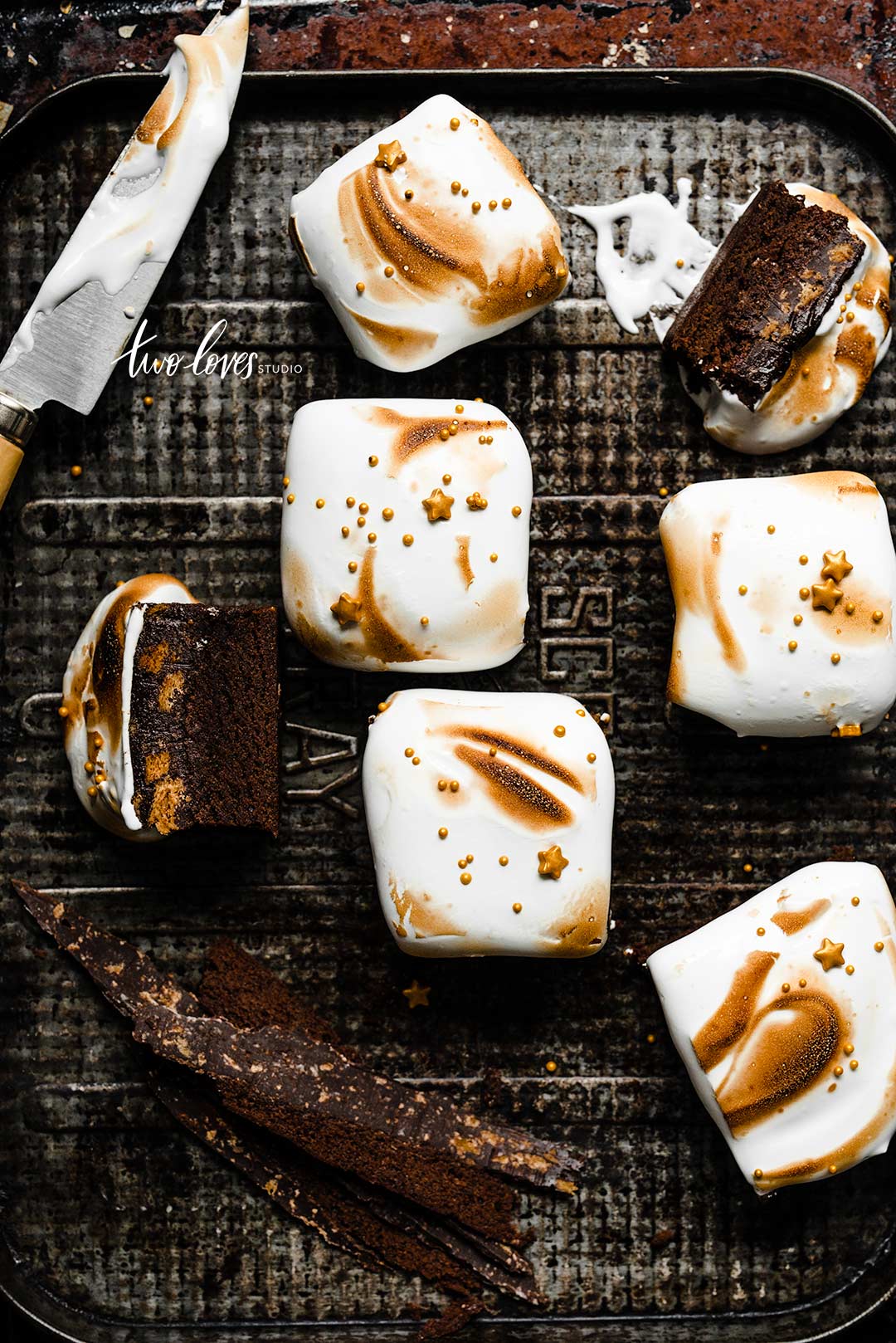
Maximum Aperture Limitations of the 18-55mm Lens.
Most 18-55mm lens kits have a maximum aperture of f/3.5-5.6. This can be a problem for two reasons.
Shooting Wide Open.
First is that if you desire to shoot below f/3.5 you can’t. You’re lenses maximum aperture is f/3.5 (and that’s not even for all focal length in between 18-55mm.
That’s why there is a range of f/3.5-5.6 in this scenario).
Now food doesn’t always lend itself to large apertures (like f/1.2-2.8), but lenses are investments.
You’ll want to keep them long after you upgrade your camera.
The benefit of having large apertures is that you can use this lens for other types of photography, travel and food go really well together, don’t forget portraits of chefs or farmers and producers.
You will also use large apertures for food photography, trust me. Ever tried to shoot a cafe in poor light? Well, this is where large apertures will come in and if you’re far away enough from your subject your depth of field won’t be noticeably shallow.
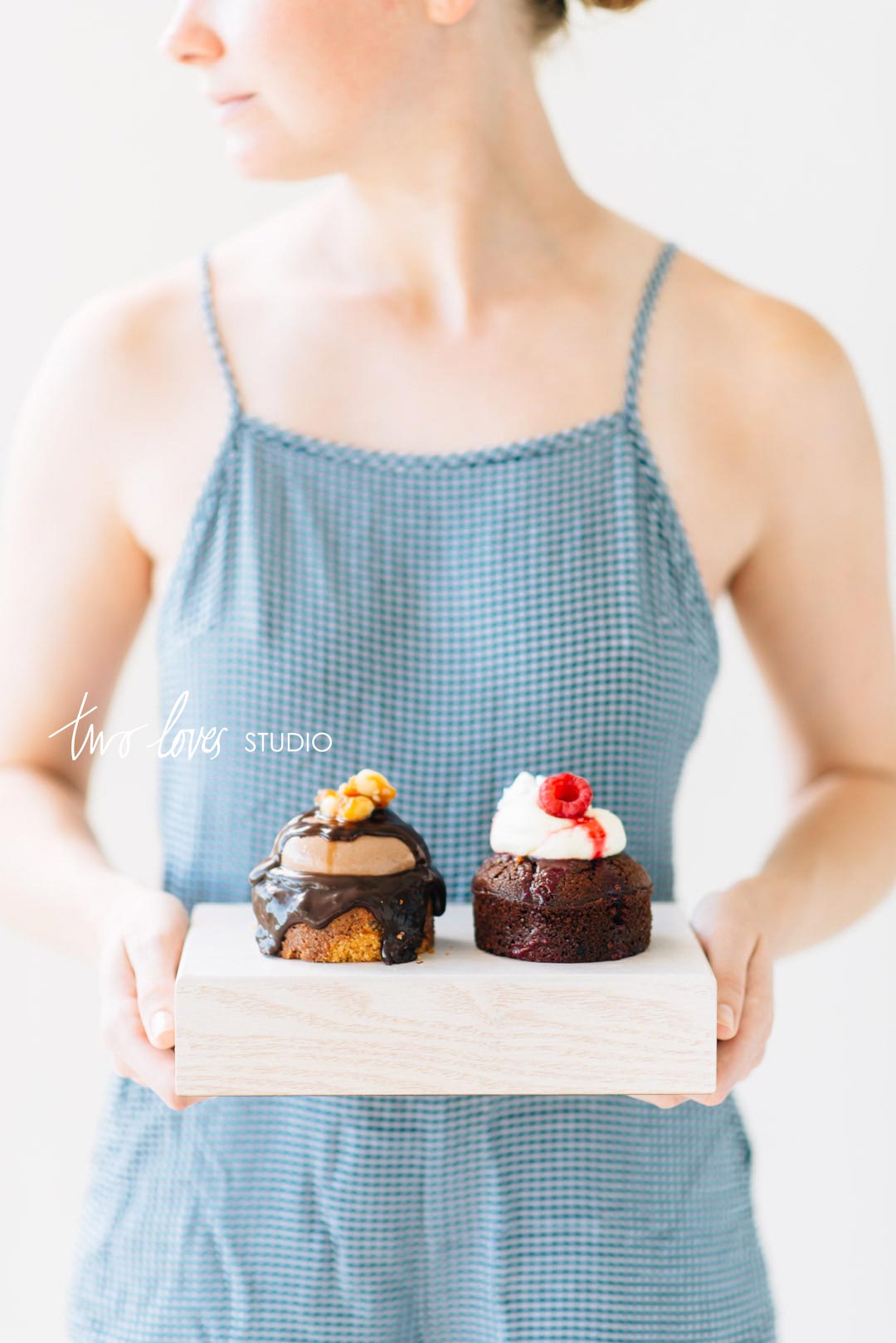
Shooting Sharp.
The second reason why having a better maximum aperture than the 18-55mm lens come with is that a lens isn’t it’s sharpest at its maximum aperture.
This means that if your lenses maximum aperture if f/3.5-5.6, and you’re shooting at either of those extremities your lens isn’t likely to be at its sharpest aperture.
Whereas, if you had a 50mm 1.8, if you were shooting at f/3.5 it’s likely your lens is sharper at this aperture than the 18-55mm.
Other lenses with maximum apertures of f/1.8 will give you more flexibility with your shooting and achieving sharp images with a great DOF.
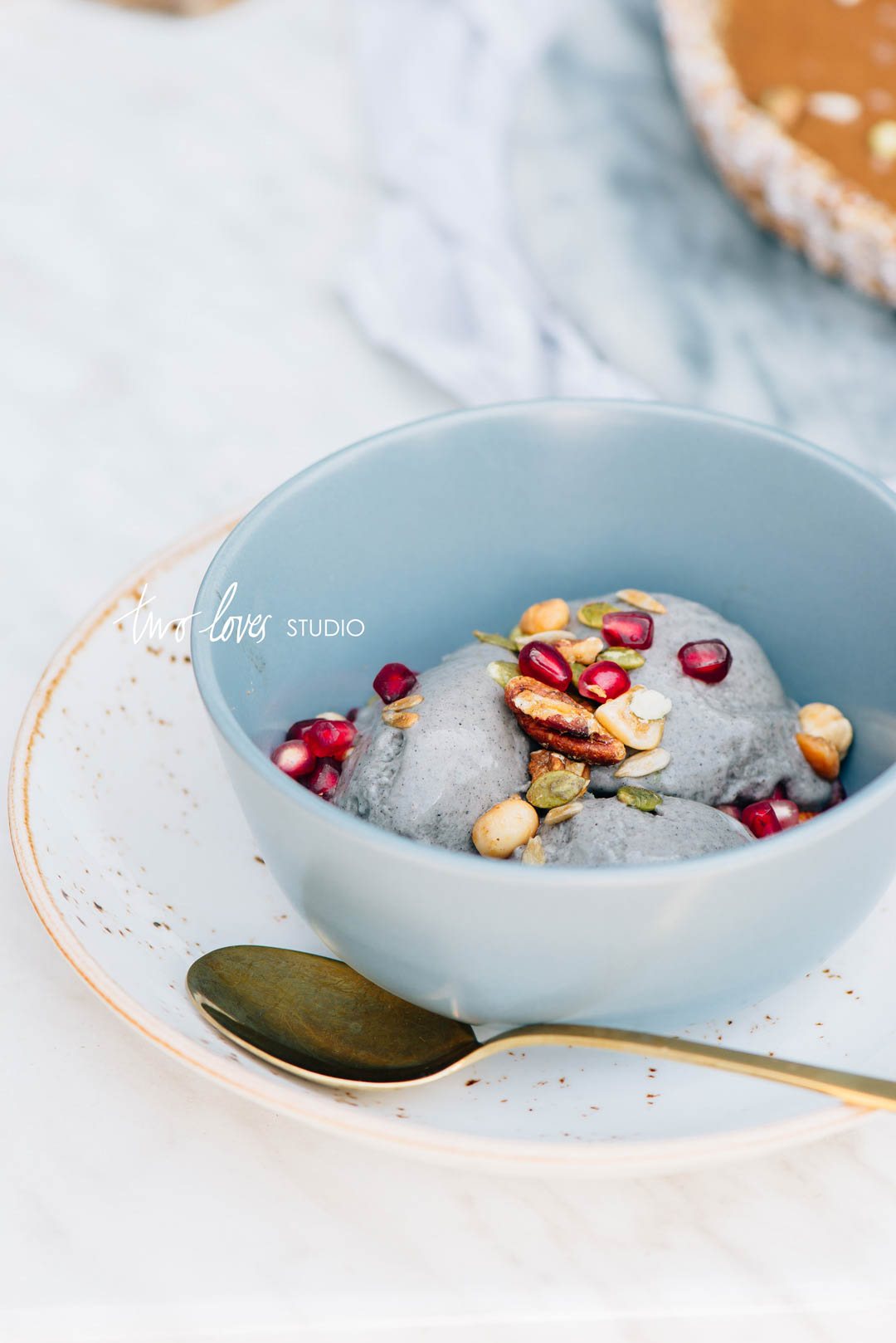
Lens Minimum Focusing Distance – A Must for Macro.
The Lens I first purchased and recommend for those wanting to get ‘tighter’ composition with a cropped sensor is the 60mm Macro.
Macros have a much shorter minimum focusing distance than non-macros. It’s just as simple as that.
You can’t get up close with your 18-50mm and have it focus. Manual or auto focus doesn’t matter. If you aren’t sure what I am talking about, get your 18-55mm lens, set it on 50mm and get really close to your subject.
Now try to focus. You won’t be able to. With a macro, you would (provided you are within the minimum focusing distance).
If you have a desire to get a ‘tighter composition’ OR getting closer to your food then you’ll need to consider a lens with a better minimum focusing distance than the 18-55mm lens.
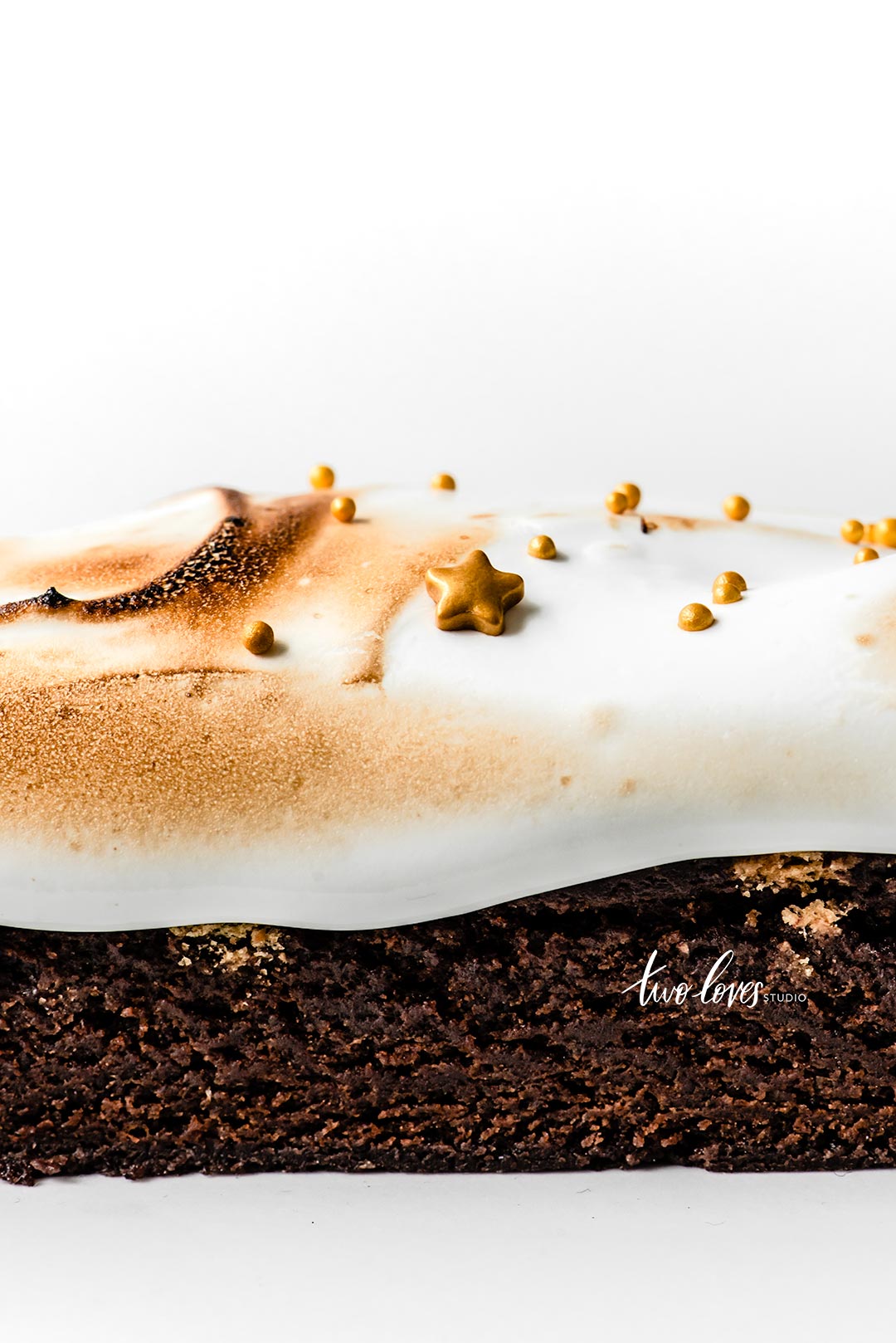
Zoom or Prime? Prime. But I’m Biased.
The benefits of Zooms and Prime lens open yet another kettle of fish, but I am going to tell you that I am biased towards Prime Lens.
They tend to be sharper than zooms, but because they *can* make your composition lazy and stunt your creative growth.
If you’re a beginner or someone who is looking to up their photography game in the realm of composition then get a prime lens.
They’re a good investment. Then you can decided for yourself whether you enjoy a Prime of the flexibility of a Zoom.
Interested in the why’s behind my bias then you can read this post!
RELATED: Why Your Zoom Lens is Killing Your Food Photography
Personal Taste – Vignetting + Bokeh.
Photographers swoon over lens vignetting and bokeh.
Each lens will have a different way it handles these aspects and you can find the reviews of each of the aspects on most lenses.
Personally, it is something that I will take a peek at when I am looking to get a new lens and Primes and Zoom lenses will do this differently.
I almost always edit out the lens vignette in my editing process and create my own, but having a decent bokeh doesn’t go astray in food photography.
You wouldn’t believe how many inspiration images I’ve been sent with pretty fairly lights or sparkles in the background, out of focus.
Whilst something I wouldn’t let stray my decision, again you need to think about what it is that you’re trying to create that you currently can’t and if the additional of these aspects would help in a new lens.
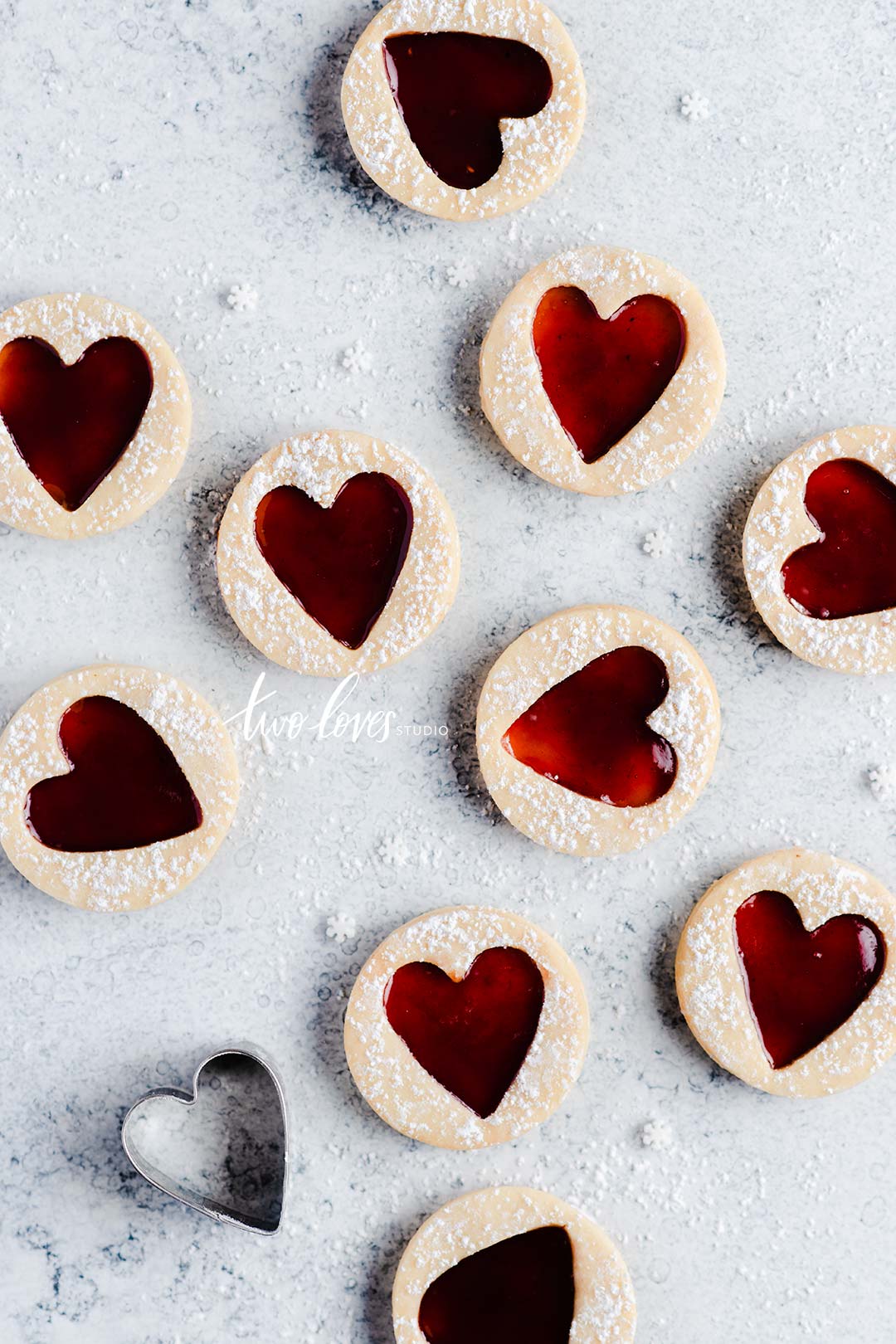
Upgrading From the 18-55mm Lens in Food Photography – Should I?
I know all to well the desire to be Great.
The desire to have more gear and access to better resources, less problems and hassles to create that magic that keeps us awake at night.
A new lens won’t necessarily make you a better photographer on its own.
If you ask me if you should upgrade from your 18-55mm lens, but the answer won’t automatically be yes.
In fact, I would say that if you aren’t sure why you want a new lens and can’t tell me what a new lens would allow you to do that the 18-5mm can’t, then my answer would be no.
Using any lens is a combination of knowing which angles, dishes and food stories works best with.
You can absolutely achieve certain angles, dishes and food stories with the 18-55mm AND there are angles, dishes and food stories that will require something else.
Tell me: what am I trying to capture/achieve that my 18-55mm lens doesn’t allow me to?

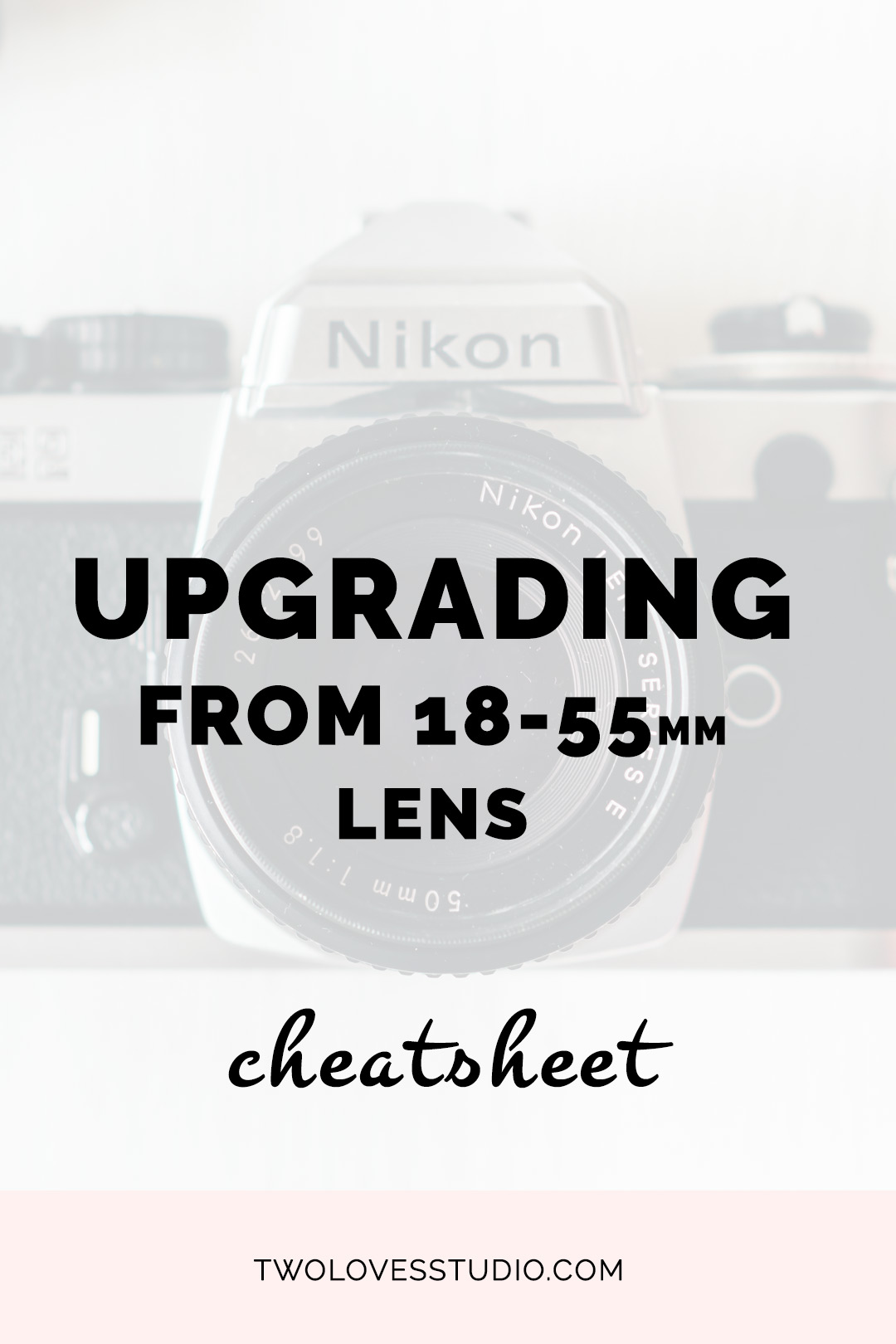


Marisa Franca @ All Our Way
Hi, Rache! This information is really good but there is one big BUT! Could you please tell us when you are giving us data for a full frame or crop frame.? I have a crop frame so when you talk about a 60mm macro is it for a full frame or crop? And if that is a good size on a full frame what would be the corresponding mm for a crop frame. I know that is more work for you but I would say that the newbie photographers learning all this probably don’t have an expensive full frame. I have two lens – 35mm and a 50mm. If I were to go to a macro — which is way down the road for me– I want to learn all that is available. I love my new DSLR so I’ll be keeping it for quite a while. Thank you for all the information.
Rachel
Hi Marisa! Thanks for the question. Let’s jump into this for you. This post isn’t firstly about me recommending a lens for cropped or full frame cameras, it’s about educating and empowering new photographers with the criteria selection they should be thinking about when getting a new lens. I wanted to outline the things to think about in a powerful way for those new to upgrading lenses. I think it’s a safe bet to say that this post is written with the cropped sensor in mind as most photographers with full frames wouldn’t be using this lens. BECAUSE I love to over deliver, if you’ve checked out the free resource exercise you will see I have a page of lens recommendations and recommend lenses for both cropped sensors and lenses for potential upgrades to full frames down the road.
In my post 4 Ultimate Lenses for Beautiful Food Photography, you’ll noticed that I talk about the fact I purchased the 60mm lens when I used a cropped sensor and therefore recommend it for cropped sensors AND full frames.
If you feel this could be more explicit in the post, please let me know and I will update it! Maybe I can even do a post with a comparison of my 105mm on my D800 and the 60mm on my D300 to compare a full frame to a cropped sensor/macro combo!
Livia
Hi Rachel, thanks for this post.
I did the cheat sheet and came up with a 50mm. It didn’t specify though, a 50mm on a cropped sensor or full body? I have a cropped sensor. I don’t plan on upgrading in the near future. Would I be better to get a 35mm?
Rachel
Hey Livia! Yay, I am excited for you. You could definitely go either way (if you’re not looking to get close or shot macro).
Since you have access to both 35mm and 50mm with your current lens, the main feature you’d be looking for is a larger aperture. So here is my thoughts for you.
Budget a concern, get the 50mm 1.8. It’s super cheap, will serve you well on a cropped sensor for 25-75 degree angles where you’ll want to shoot larger apertures. Then use the 18-55mm (if you plan on keeping it) to shoot at 35mm for food scenes (which are best shot at f/5.6).
Budget not a concern, get the 35mm 1.8. It will be a lovely addition to shooting food scenes and if you ever do upgrade it is great for travel shots and restaurants which accompany food really well!
But my pick for you would the 50mm. It is just so cheap and gives you access to those larger apertures for shooting 25-75 degrees. As always try before you buy if you can rent a lens!
Jo || The Luminous Kitchen
As always – awesome post Rach! The whole crop sensor/ full frame issue does make a big difference to the photo and composition. I couldn’t believe the difference when I upgraded to my full frame Canon. After shooting with a 50mm f1.8 for 2 years on a crop frame I was so used to how I could style and compose my images but suddenly they look completely different – There was so much more room in the frame and I had to move closer to get the same effect but then I couldn’t focus the f1.8 as closely as I needed to and thats when I realized I needed a different lens to continue with my style. I got a 90mm f2.8 macro and it is by far my favorite food photography lens. On the full frame its quite close to a 70mm on a crop frame camera, but the longer focal length gives the most beautiful compression. I’m rambling now, but I know how difficult it is to understand how the different lenses work on different cameras until you actually practice with them and see first hand the changes each one makes to your photos. This post and your cheat sheets will definitely cut that learning curve a lot. I would definitely suggest hiring or borrowing the lens you think you need next before buying because it can be a costly exercise to choose one that doesn’t actually work for what you want to achieve with your photos. xxx
Rachel
Yes, such a valid point Jo! I really appreciate this because there are no hard and fast rules and what you’re trying to create and your style should always come into the conversation. I think as our styles evolve too, lenses will come in and out of our creative journey!
Joe
Hi Rachel
I have been looking at getting a new full frame Nikon. I have currently a D7000 what are your suggestions? I have been hearing good thing about the 750. I will also be upgrading my lenses to your suggestions of lenses I’m excited to get my hands on the tilt lens I feel that will just put me at a whole new playing field..
Rachel
Hey Jo! Woohoo, new camera. I am planning on doing a post about cameras. I’m not a gear head and I tend to come from a place that the camera in your hand is the best camera. For food photography, any entry level to full frame Nikon or Canon will be totally suitable. That’s amazing that you will be able to play with a tiltshift. I would looooove to have this one more readily. I shoot with my full frame and cropped sensor Nikons and I can’t really tell the difference for food. If you aren’t shooting for advertising or billboards, not shooting fast moving subjects then again any will be what you need. It will more come down to the technical knowledge into practice. Let me know what you end up going with!
Alejandra Hoyer
Great post Rachel, as always! Thanks so much! I’m actually trying to understand all the techie words and concepts: “crop sensor/ full frame” focal length… 🙂 I currently work with a canon lens EF 50mm 1.4 but would love to explore with other ones in the coming future. There is so much learning here just from reading the comments! wow! 🙂 Thanks!
Rachel
Hey Alejandra! It is hard to grasp at first, at least for me it was. But once you can see it in real time and side by side it totally clicks and was easier to understand than I thought. My biggest advice is to always assess what isn’t work with your current lens before you upgrade so you can get something that can fill those gaps! So pleased the conversation in the comments is useful. I just love the creatives in this community!
Ramkumaar
Hi Rachel, am basically an Industrial photographer predominantly focusing on engineering & automobile products. Am fascinated towards food photography now. I shall take few assignments and share those pics with to get a first hand info. would you?
Rachel
Great! Just leave a comment with a link to your creations, I’d love to take a look 🙂
Temi
Hi Rachel, I’ve trawled your blog and I find it very useful. I have also taken the questionnaire and still cant decide what lens to buy. All i want for now is more blur in the background for my food photos like i see on blogs and magazines and I havent been able to acheive that well with my current lens. Am i doing something wrong? I currently have the Nikon D3300 cropped sensor with the 18-55mm lens that came with it.
Rachel
Hey Temi, it can be overwhelming when you first start for sure. Your current lens won’t allow you to get the shallow depth of field that you’re after due to its max aperture at different focal lengths. So you’re probably wanting a prime that has a large aperture like f1.8. Depending on if you think you’d upgrade to full frame, which may change your choice, I would say the 6omm macro or the 50mm is a good place to start. So it then comes down to budget. If you have little budget the nifty 50mm 1.8, if you want to go for macro and really get that blurred background then head for the 60mm if it’s in the budget. You may also want to read up on this post about How To Get A Blurred Background!
Manas
Loved the article. 18-55mm lens is probably the most under-rated and hated lens out there. I have written an article on this very popular kit lens and how it helped me. I would love if you could check it out.
Rachel
Certainly! Using it as a prime is a great way to push your creativity. I have a post on that as well: https://twolovesstudio.com/blog/zoom-lens-killing-your-food-photography/ I highly recommend that as well for those who only have zoom lenses 🙂
Anam K
Hi ! Thank you for all this valuable information. You speak of 18-55mm being the starter but I am still on the 16-35mm lens (Nikon Zfc). Does this all apply then as well, does it apply even more or does it apply less? I am fascinated by food photography and would love to build skill as well as quality of the shots.
Snackdownloader.com
Great insights! I never realized how often photographers overlook the potential of their 18-55mm lens. It’s amazing what you can achieve with the right techniques and understanding of your gear. Thanks for the tips!
gta san andreas mod app
Great insights in this post! I never realized how misleading the versatility of the 18-55mm lens can be. It’s definitely made me rethink my gear choices and focus more on what I actually need for my photography style. Thanks for sharing!